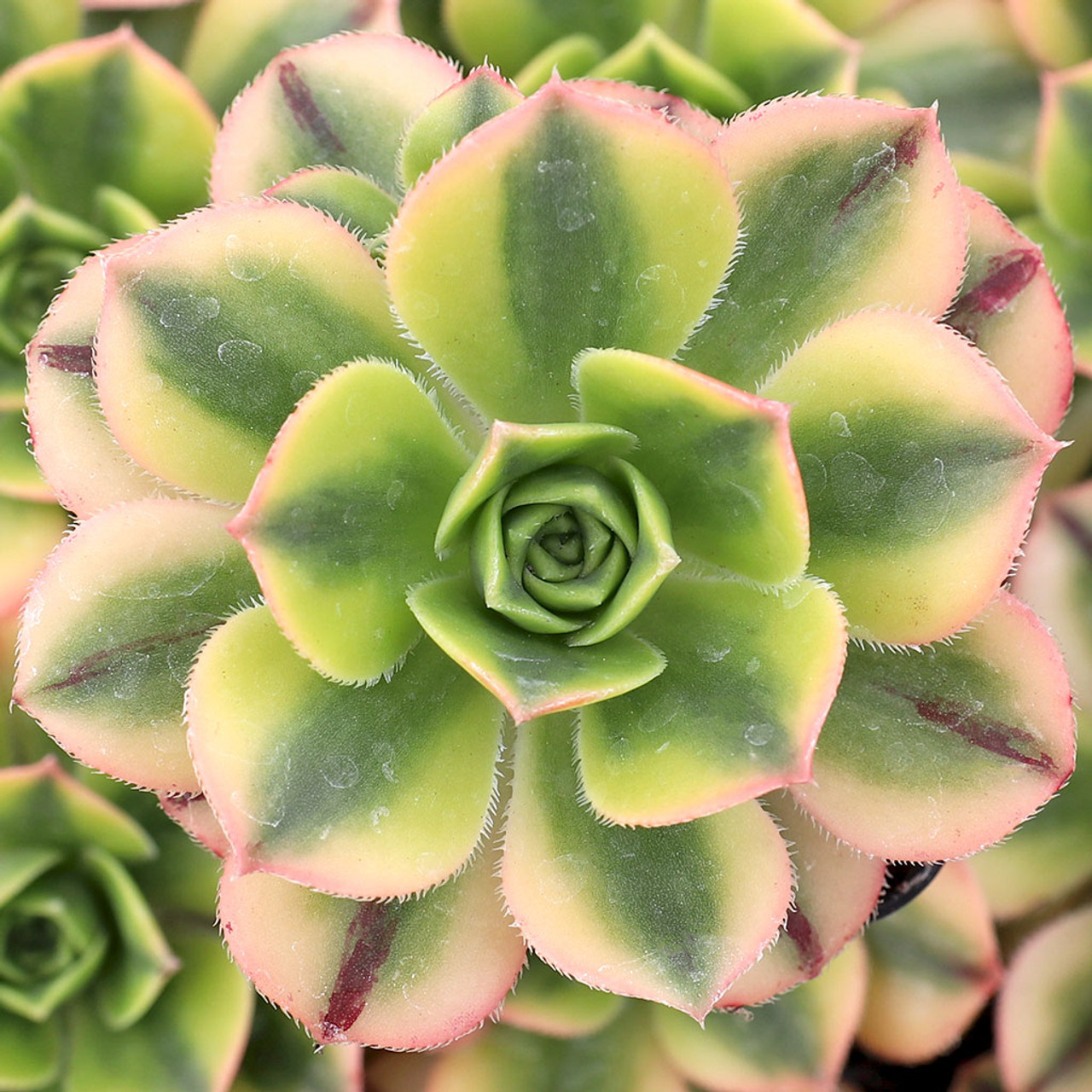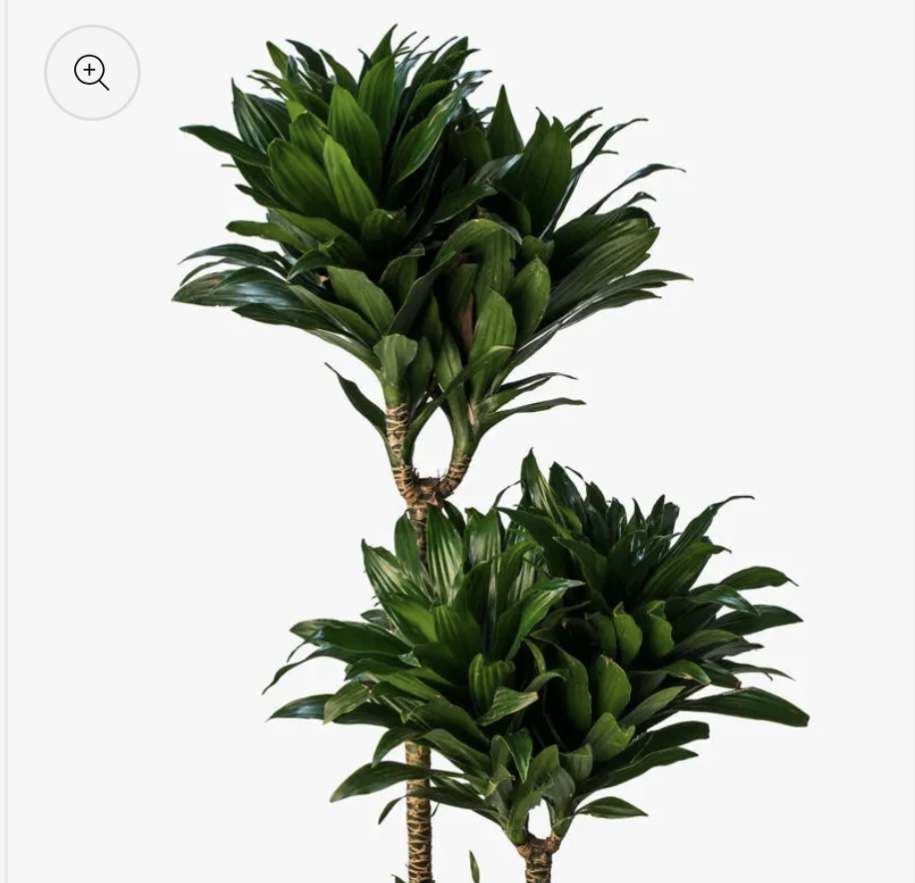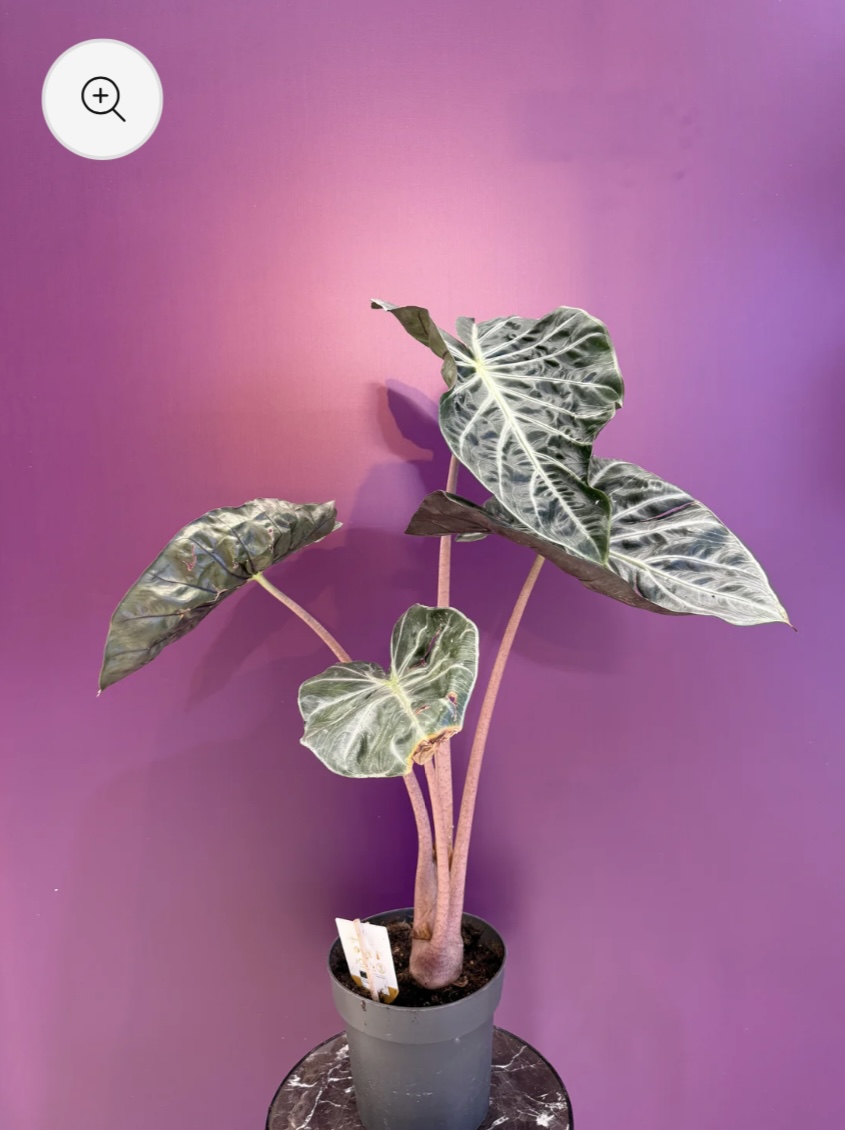- Login/Signup
- Seller Login
- عربى
-

- Select Country
-
 KSA
KSA

Dracaena India Stem P34
KWD 140.000
In Stock
Fulfilled by - Greenhydroponic
Your order will be delivered as per the date and time you have selected
Product Quantity
Product Details
- Light:
- Prefers bright, indirect light.
- Can tolerate partial shade, though growth may slow and leaf variegation may fade.
- Avoid direct sunlight, which can scorch the leaves.
- Soil:
- Use well-draining soil.
- A mix containing peat moss, perlite, and compost is ideal.
- Pot & Drainage:
- Choose a pot with drainage holes to prevent water accumulation.
2. Watering
- Let the top 2–3 cm (about 1 inch) of soil dry out before watering.
- Avoid overwatering to prevent root rot.
- Use distilled water or rainwater if possible, as fluoride in tap water can cause leaf tip burn.
3. Temperature & Humidity
- Temperature:
- Thrives in temperatures between 18–27°C (65–80°F).
- Protect from cold drafts and temperatures below 15°C (59°F).
- Humidity:
- Prefers moderate humidity.
- Mist the leaves or use a humidifier in dry environments.
4. Fertilizing
- Feed with a balanced indoor plant fertilizer every 4–6 weeks during the growing season (spring and summer).
- Reduce or stop fertilizing in fall and winter when growth slows.
5. Pruning & Maintenance
- Prune to maintain shape and remove yellow or damaged leaves.
- You can trim stems to control size and encourage fuller growth.
- Stem cuttings can be used for propagation.
6. Propagation
- Stem Cuttings:
- Cut a healthy stem just below a node.
- Place the cutting in water or directly into moist soil.
- Roots usually develop within a few weeks.
7. Common Issues
- Yellow Leaves: Often caused by overwatering or poor drainage.
- Brown Leaf Tips: Usually due to fluoride in water or low humidity.







